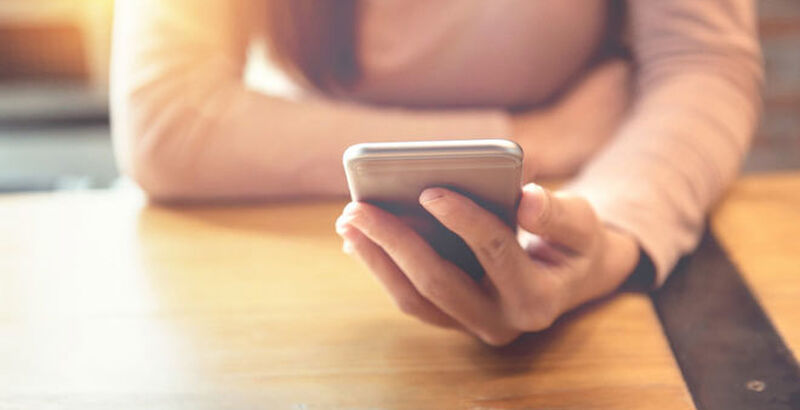Pathfinding
Using Technology So It Doesn’t Use You
oatawa/Thinkstock
Take these two actions to set boundaries around your phone and social media.
We know social media is bad for us. We lose hours scrolling Facebook or Twitter, getting distracted by the beeps and buzzes coming from our phones. We feel pressure to be constantly connected, to show what an amazing time we are having, and to get back to people immediately. The blue light emitted by our screens can keep us up at night and prevent us from getting a deep sleep. One study at the University of California at Irvine found that for an average office worker, only 11 minutes go by without a distraction. What’s more, it takes that worker an average of 25 minutes to get back to whatever they were doing before the distraction. We know these technologies are bad for us.
They are, however, good for us, too. They keep us aware of the news, both global and personal. They allow us to do our work on the run, our apps can help us track our steps or the moon or our periods, plus remind us to call Great Aunt Susie on her birthday. They work for us, but sometimes it feels like we are working for them. Today’s self-care challenge is to take two actions to set boundaries around your phone and social media.
1. The Anxious Joy of Airplane Mode
When I go to sleep at night, I set my phone to airplane mode. The first time I did this, I was flooded with anxiety. I went dark in a world where everyone is represented by a pin of light. I was disconnected and isolated. I felt alone. What if there was an emergency?
I took a breath and thought of my good friend Alla’s advice: “If it’s really an emergency, don’t call me, call 911.” I got through the night. There were no emergencies. And now I disconnect from everyone every night, all night long. I don’t get any notifications until after I’ve meditated for a few minutes in the morning and the coffee’s ready. It’s a small way of reclaiming my time and my attention for myself. Taste the bliss of airplane mode—it’s sweeter than you think.
2. The Terrifying Delight of Logging Out
I log into Facebook once a day. It’s required that I have had coffee before I do this just in case there’s a photo of an abused puppy at the top of my news feed. I time myself so I don’t get lost in scrolling. Then I log out.
Logging out is my secret to success. While I was trying to break my addiction, it gave me one extra step to go through so that I had to pause and ask myself why I wanted to log in. Was it because I was stuck in my writing? Staring out the window works a lot better. Was I bored? Websites like Buzzfeed have more predictably funny listicles that aren’t likely to include a live video of a terrorist attack. Did I want the news? I subscribed to news sites that email me well-written and informative articles. Was I lonely? Real friends are at the other end of a phone call or text. Also, being lonely is okay.
This practice of logging out and pausing before logging back in taught me a lot about myself and what drives my social media addictions. I also freed up an unexpected chunk of time in my day, learned better strategies for staying focused, and got more things done. Setting up these boundaries can be an incredibly challenging but illuminating practice. Be brave! Hit airplane mode, log out, and see who you might be away from all your screens.
Read more on how to stress less with social media.







